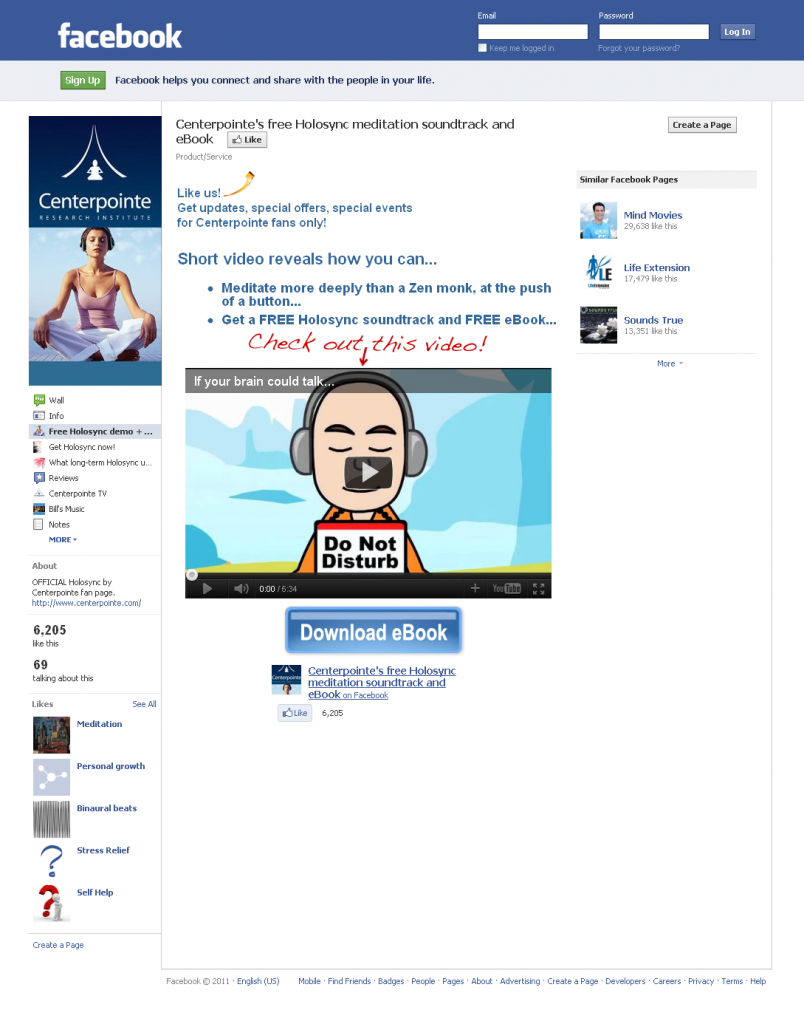Content Marketing for B2C
This week’s consumer marketing newsletter article wrapped up 2011, and featured four B2C trends to watch in 2012: the mobile marketing channel, local search, online privacy and the new features in pay-per-click advertising.
These choices were based on the 80 (give or take a few) interviews with consumer marketers that my reporting colleague, Adam T. Sutton, and I conducted over the past year. One B2C trend that received serious consideration, but didn’t make it into the article, is content marketing.
Sure, content has its place in any overall marketing strategy, but I’ll bet when many marketers hear “content marketing” as a channel, they think B2B – whitepapers, lead nurturing campaigns, third-party validations within specialized industries, etc.
In fact, content is becoming an important part of consumer marketing efforts.
I’m going to present several case studies and how-to articles from this past year that illustrate just how important it truly is. (Note: MarketingSherpa articles often feature numbered tactics. In this blog post, I’ll call out several specific tactics within linked articles.)
Relationships require content
Remember when consumer marketing simply involved pushing out your message and having customers buy your product or service? New technologies and marketing channels, particularly mobile devices and social media platforms, demand that there be a relationship between the company and the consumer.
You’re not sending messages from down on high, you are interacting with, and reacting to, your customers. One way to foster these relationships is through content. And don’t make the mistake of thinking content is just the written word. Video is content, too.
Let your customer create the content for you
One type of content that perfectly illustrates the relationship between B2C marketers and their customers is user-generated content. This comes in many forms, including:
- Social media posts, Tweets or sharing
- User reviews on your website, or even on a third-party website
This how-to article from January offers two pieces of advice for leveraging user-generated content. The first can be found in “Tactic #3” in the linked article, and explains how user-generated content can help boost your website’s SEO.
Two effective ways to leverage user-generated content are:
- Solicit user reviews to provide your website with regularly updated content
- Offer a “Q&A” function on the website, where visitors can ask questions that are quickly answered by the company
In both cases, you are feeding your website with new content that can’t be found anywhere else on the Internet.
Here’s a short excerpt from the article:
The key to maximizing user-generated content on e-commerce sites is to own and present the content on the site’s servers and not rely on other servers for bringing that content onto the website. Hosting this content helps optimize the speed of the site, increasing SEO.
Tactic #4 from the same article goes into detail on product reviews and explains how that content ties into social media and mobile marketing.
Pehr Luedtke, CEO, PowerReviews (the source for the article), said product reviews are the most-searched-for mobile shopping content.
User-generated content does need to be monitored because a loose cannon out there on your Facebook page, or an online review website or Twitter can potentially harm your online reputation.
You can actually use customer reviews to proactively guard your online reputation by asking for positive reviews to post to your website and third-party review sites. (See “tactic #2” in the above link.)
Social media and mobile marketing require content
You have this great Facebook page and a mobile-optimized website and even a mobile app. How do you get your customer to engage with all these marketing pieces? Again, the answer is content.
Going back to the idea that video is content, this case study looks at a marketer who wanted to use Facebook purely to drive sales and decided to create a promotional video to drive downloads of an electronic version of the company’s product demo.
The company had a well-established physical demo with a strong conversion rate, and the e-demo didn’t fare as well. But in terms of engagement, the effort was very successful. The video’s tab on the Facebook page garnered 32,922 views in the first two months of the campaign.
Another case study involved the National Hockey League’s Calgary Flames. The team’s digital marketing director created a mobile app specifically for the purpose of driving content to fans.
This content included:
- News – feature articles and stats
- Photos – often of players
- Videos – such as game footage
- Social media – comments and a forum
From the article:
The Flames’ mobile app provides a constant, always-available connection between fans and the team, and also enables [the] team to offer sponsorship opportunities to partners.
Content can even help grow your email list
This final case study combines mobile marketing and content marketing to actually grow an email list.
Scotts Miracle-Gro, in partnership with Major League Baseball, ran a campaign that provided major league park attendees free lawn care guides. These guides included SMS short codes that allowed them to receive another guide or sign up for the company’s email newsletter.
Of those who texted to get another lawn care guide, 40% also opted-in to the email list.
Related Resources:
Content Marketing: Analytics drive relevant content, 26,000 new monthly visits to blog
Content Marketing: Four tactics that led to $2.5 million in annual contracts
Content Marketing: Inbound strategy pulls in 25% more revenue, 70% more leads
Content Marketing: Focus on value, not length
Content Marketing: Case studies are stories — so be a storyteller
Content Marketing: Statistics are not engaging stories
Categories: Consumer Marketing B2C, Consumer Marketing, content marketing, email list growth, mobile marketing, social media marketing, user generated content, video











Great article! Content also provides SEO benefits. Being consistent is just as important as providing great content.